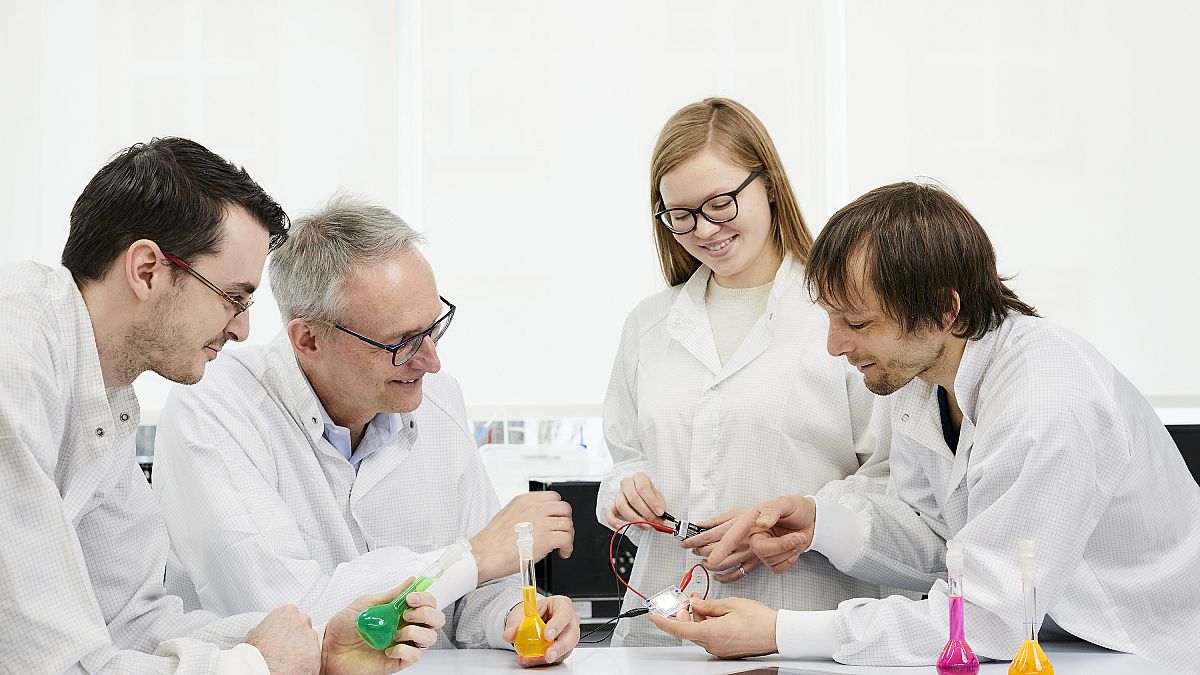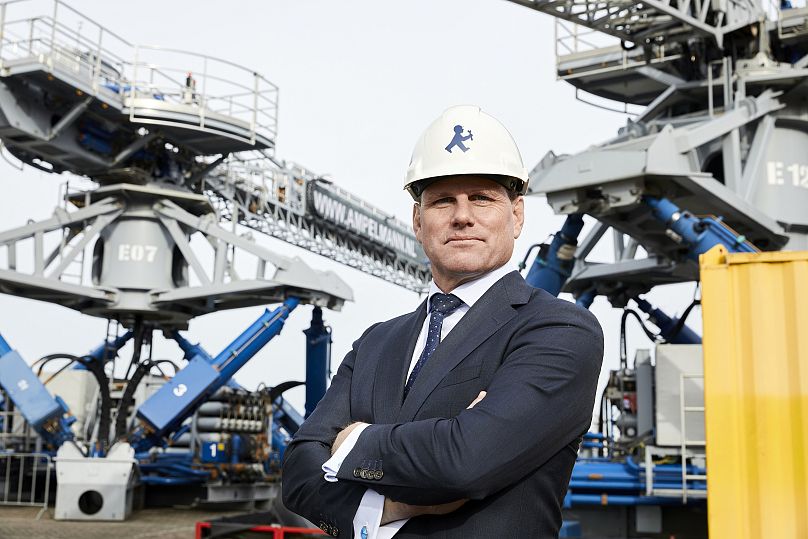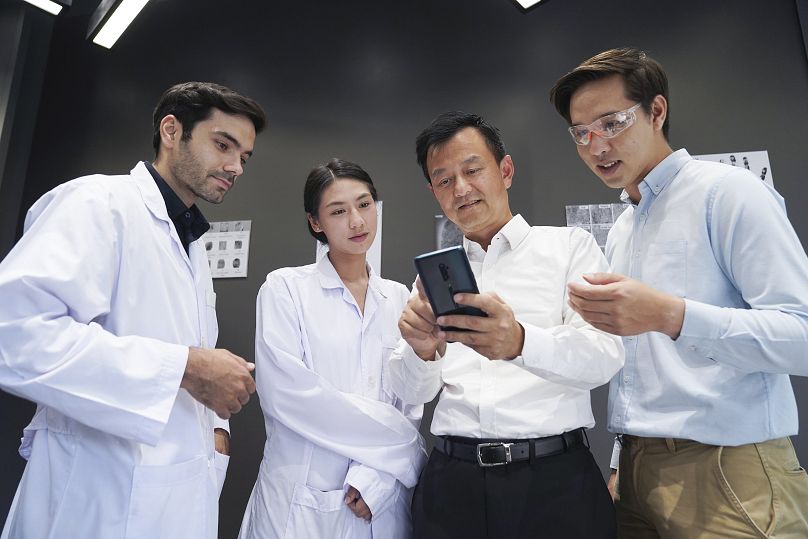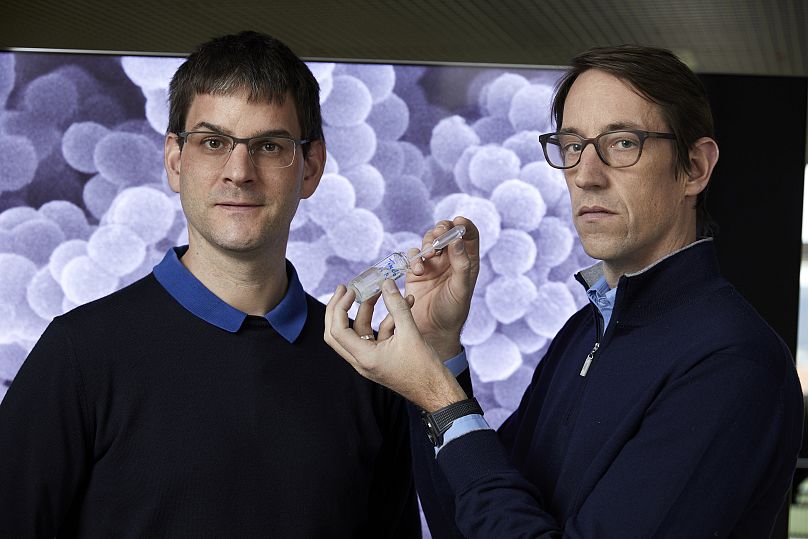Progress, whether social or economic, technological or environmental, relies on a visionaries coming up with groundbreaking ideas.
From antibiotics to the World Wide Web, these innovations have indelibly shaped all our lives, and the next discovery is always just around the corner.
To celebrate those who work so hard for a better society, and incentivise the pioneers of the future, the European Patent Office (EPO) annually holds the European Inventor Award.
Entries are initially nominated by members of the public, EPO staff and representatives of national patent offices across Europe. These are then evaluated by an independent, international jury, which arrives at a shortlist of 15 finalists. Winners will be announced at a ceremony on 17th June.
This year the final list of candidates spans 15 nationalities, and inventions ranging from wildlife protection to disease diagnosis. Three finalists have been nominated for each of the following categories: Industry, Research, Non-EPO countries, SMEs and Lifetime achievement.
The winner of a sixth category, the ‘Popular Prize’, will be chosen by the public.
Many of this year’s finalists are being recognised for their pioneering efforts in the fields of health and sustainability, but other innovations focused on resolving matters of industrial engineering, electronics and data security.
Dutch engineer Jan van der Tempel is behind a new stable gangway system that will connect ships to offshore facilities such as wind turbines and oil rigs and ensure safe access for workers.
Boarding these structures can be risky, particularly in turbulent weather, but van der Tempel has created a boarding ramp with technology that senses and monitors the movement of the ship, sending data to hydraulic cylinders in the base of the structure. These then move up and down accordingly in order to keep the platform stationary.
His technology has so far been used to transfer more than six million workers and 17 million kilos of cargo worldwide.
An issue affecting billions of people worldwide is smartphone security, and Bo Pi and Yi He have come up with a solution to the increasing problem of ‘spoof attacks’, in which fingerprints are forged to access private data.
Such attacks are usually carried out using static rendering – either 2D or 3D – but the Chinese-American innovators have tackled the problem by creating a ‘live’ fingerprint, which checks the pattern of the print but measures the heart rate for authentication. This is done by using infrared light to detect movement of the blood and the system makes hacking virtually impossible.
The work of German physicist Karl Leo has also impacted smartphone efficiency, albeit in a very different way. As part of his work with organic semiconductors, he developed a highly efficient light-emitting diode (OLED) display technology.
This uses a technique known as ‘doping’ – adding tiny amounts of substances that produce freely moving electrons to boost conductivity.
The result is an LED that is high-efficiency, long-lasting and uses little energy, and has transformed the electronics industry. Half of the world’s smartphones and many types of solar cells now incorporate Leo’s technology.
Using what they describe as ‘synthetic fossils’, Austrian and Swiss researchers Robert Grass and Wendelin Stark have created a method of encoding product data into a DNA format and enclosing these strands in tiny glass beads.
These minuscule spheres are applied to a product or substance and can then carry valuable data about the product for thousands of years.
As part of a promotional campaign to showcase the potential applications, Massive Attack’s album ‘Mezzanine’ was rereleased on DNA format in 2018, and while the high cost of the technique limits such use ordinarily, Grass and Stark are confident that new technology will bring down the price and broaden its use across a wide range of fields.
Winners of the European Inventor Award will be announced at the ceremony beginning at 1900 CEST on June 17th, which in 2021 will take place in a remote format for the first time.
The public can attend the live-streaming event at www.inventoraward.org



